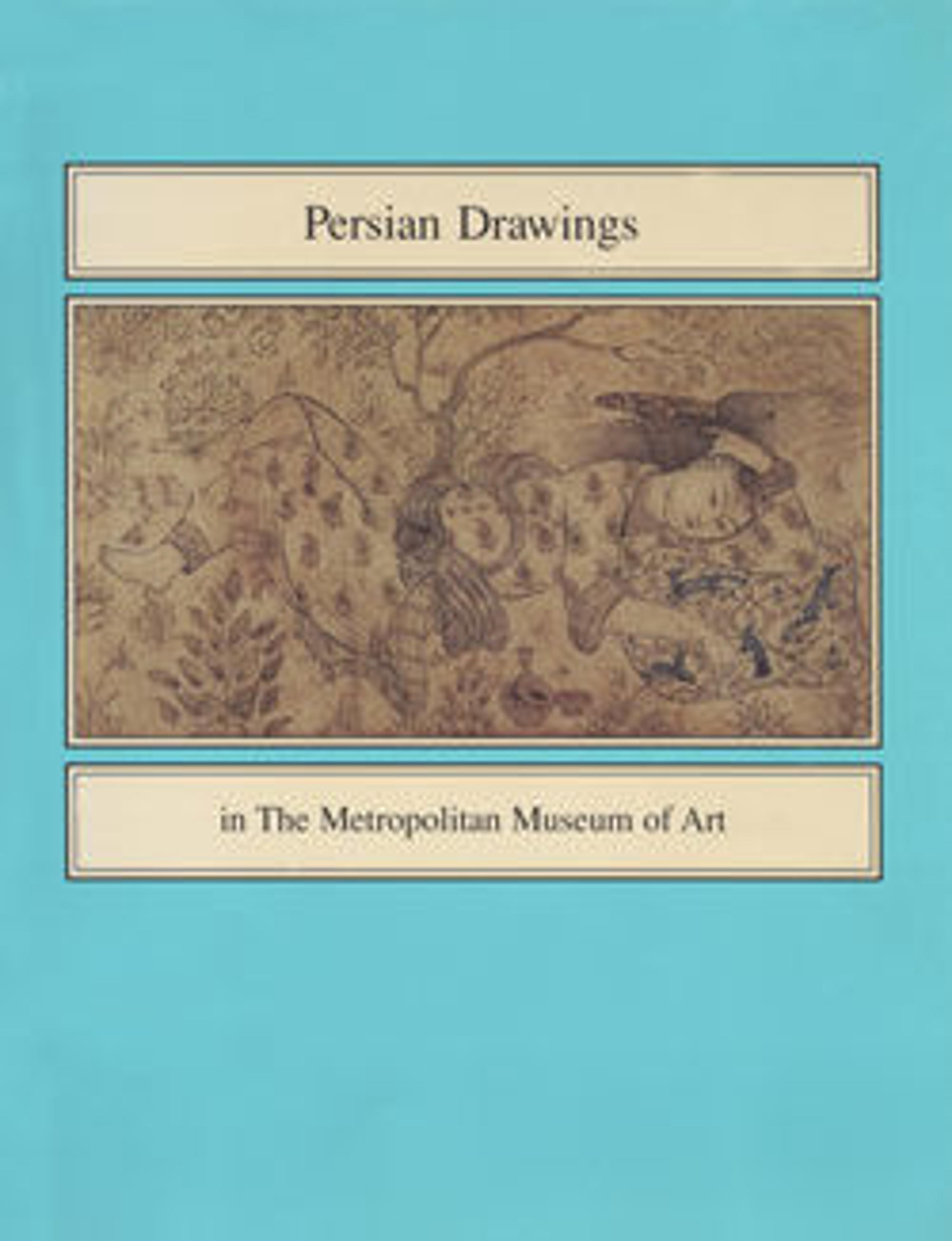A Princely Hunt
Following the death of Shah Tahmasp in 1576 royal art patronage declined and artists sought outlets other than the court for their works. Artists increasingly made drawings that owners could include in albums that functioned like portable art galleries. One of the most influential masters in this period, Muhammadi of Herat, apparently served the Uzbeks, where he specialized in drawings of princely and rural pursuits in the countryside. Safavid artists, such as the one who drew this hunting scene, were inspired by Muhammadi’s technique and his choice of subject matter, though here the treatment of each figural group as a separate vignette lacks the coordination of Muhammadi’s original works.
Artwork Details
- Title: A Princely Hunt
- Date: late 16th century
- Geography: Attributed to Iran, Khorasan
- Medium: Ink, gold, and watercolor on paper
- Dimensions: Painting: H. 6 15/16 in. (17.6 cm)
W. 4 9/16 in. (11.6 cm)
Page: H. 11 3/4 in. (29.8 cm)
W. 7 9/16 in. (19.2 cm)
Mat: H. 19 1/4 in. (48.9 cm)
W. 14 1/4 in. (36.2 cm) - Classification: Codices
- Credit Line: Rogers Fund, 1917
- Object Number: 17.81.2
- Curatorial Department: Islamic Art
Audio
6726. Overview: Persian Drawings, Part 1
0:00
0:00
We're sorry, the transcript for this audio track is not available at this time. Please email info@metmuseum.org to request a transcript for this track.
Listen to more about this artwork
More Artwork
Research Resources
The Met provides unparalleled resources for research and welcomes an international community of students and scholars. The Met's Open Access API is where creators and researchers can connect to the The Met collection. Open Access data and public domain images are available for unrestricted commercial and noncommercial use without permission or fee.
To request images under copyright and other restrictions, please use this Image Request form.
Feedback
We continue to research and examine historical and cultural context for objects in The Met collection. If you have comments or questions about this object record, please contact us using the form below. The Museum looks forward to receiving your comments.
